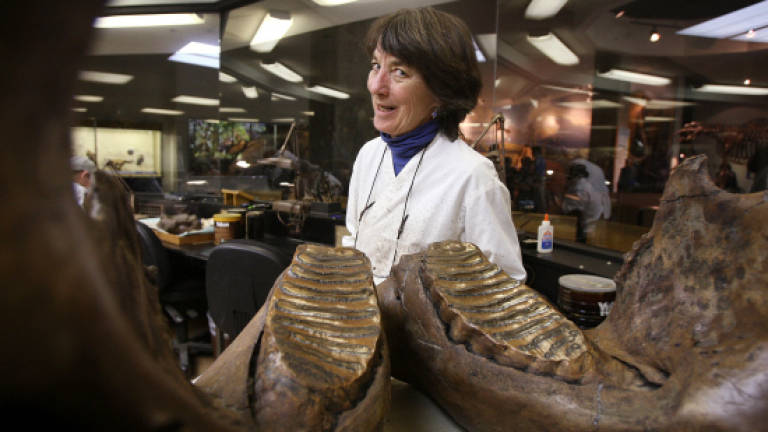Roaming male mammoths often fell into death traps

MIAMI: Scientists have solved the mystery of why the overwhelming majority of mammoth fossils are male, according to a report published Thursday in the journal Current Biology.
Much like wild elephants today, young male Ice Age mammoths likely roamed alone and more often got themselves into risky situations where they were swept into rivers, fell through ice or into bogs or sinkholes that preserved their bones for thousands of years, scientists say.
Females, on the other hand, travelled in a group led by an older matriarch who knew the terrain and steered her counterparts away from danger.
"Without the benefit of living in a herd led by an experienced female, male mammoths may have had a higher risk of dying in natural traps such as bogs, crevices, and lakes," said co-author Love Dalen of the Swedish Museum of Natural History.
The study used genomic data to determine the sex of 98 woolly mammoth (Mammuthus primigenius) fossils in Siberia.
Researchers found that 69% of the samples were male, an unusually skewed sex ratio, assuming that the sexes were fairly even at birth.
"We were very surprised because there was no reason to expect a sex bias in the fossil record," said first author Patricia Pecnerova, also at the Swedish Museum of Natural History.
Therefore, researchers believe that something about the way they lived influenced the way they died.
"Most bones, tusks, and teeth from mammoths and other Ice Age animals haven't survived," explained Dalen.
"It is highly likely that the remains that are found in Siberia these days have been preserved because they have been buried, and thus protected from weathering."
These giant, tusked herbivores disappeared about 4,000 years ago, as the climate warmed and the beasts were increasingly hunted by humans. — AFP